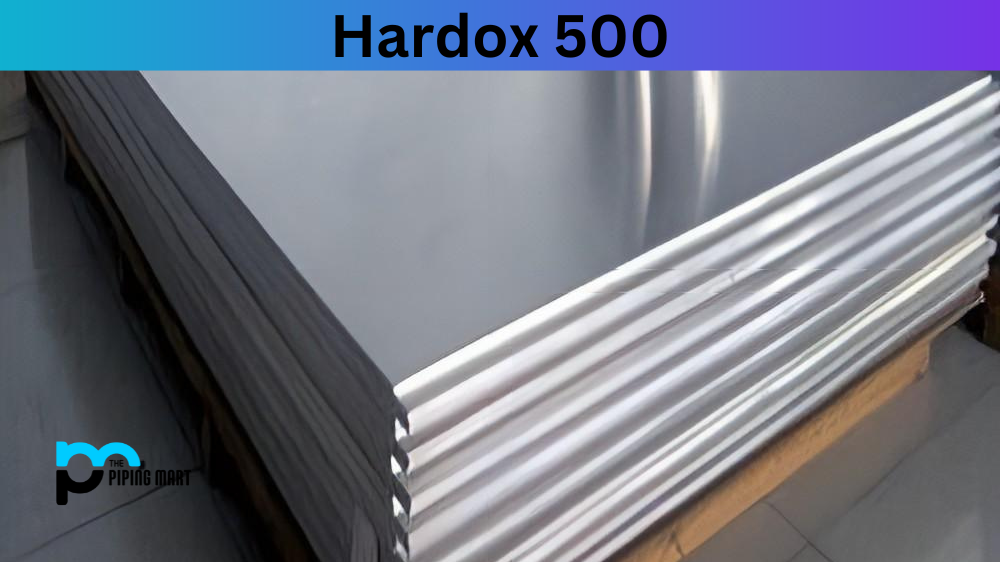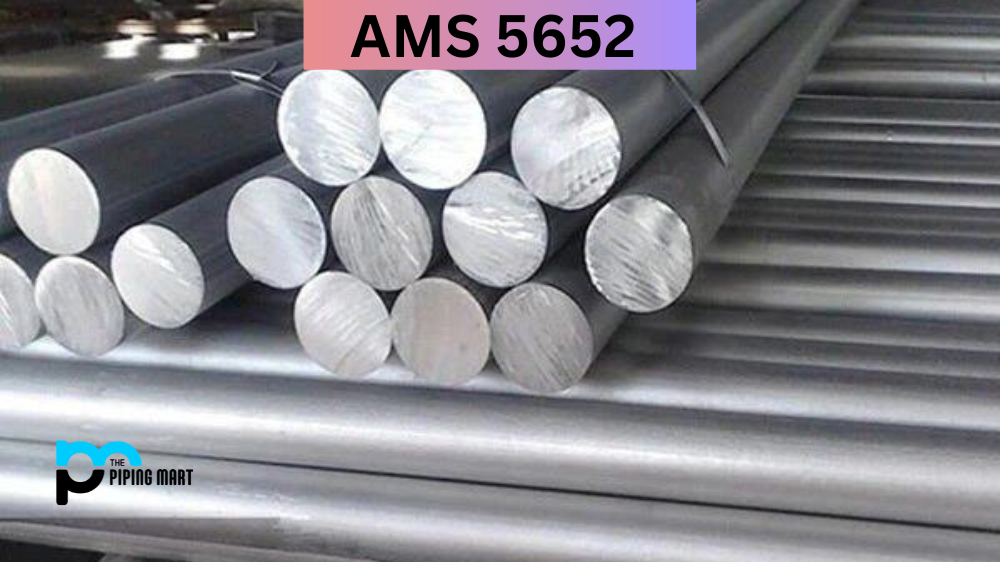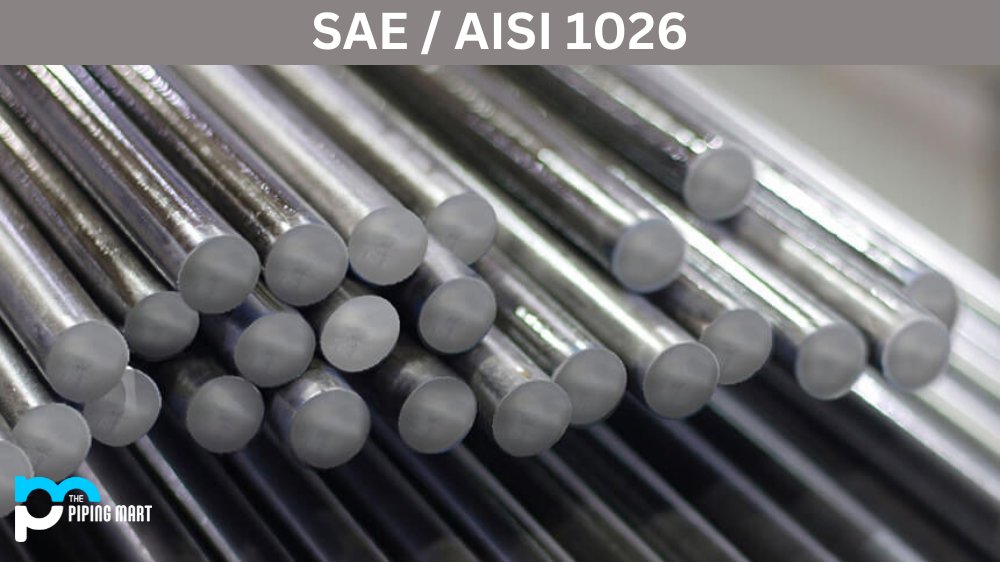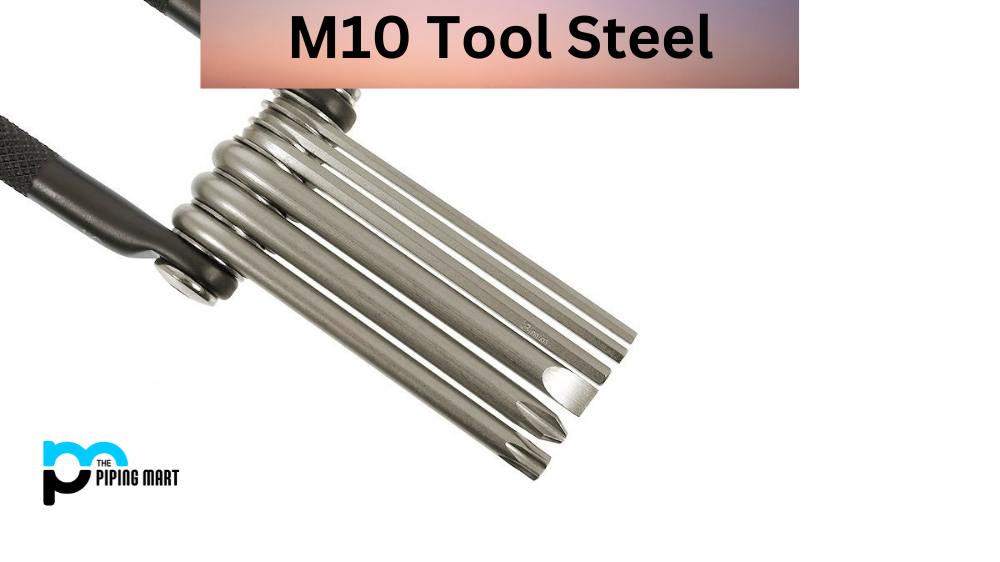In industries that require heavy machinery, equipment, and structures, durability and strength are vital factors in material selection. Hardox 500, a wear-resistant steel plate, is famous for such applications. This steel plate is known for its exceptional hardness, toughness, and resistance to abrasion and impact. If you want to learn more about this remarkable steel plate, you are in the right place. This Ultimate Guide to Hardox 500 will delve into its composition, mechanical and physical properties, uses, and other essential aspects.
What is Hardox 500?
Hardox 500 is an abrasion-resistant steel plate with a nominal hardness of 500 HBW. It features high strength, good toughness and low carbon equivalent to ensure its suitability for welding and bending applications. This material is designed to provide superior wear resistance in the toughest working environments, making it ideal for construction machines facing heavy-duty operations.
Hardox 500 Composition:
Hardox 500 comprises low-carbon steel with a carbon content of not more than 0.25%. It also contains alloying elements such as chromium and nickel, intensifying its hardness, toughness, and strength. The percentage of chromium and nickel in Hardox 500 is 1.5% and 1%, respectively. The steel plate is also enriched with molybdenum, boron, and titanium, which enhance its wear and tear resistance.
| Plate | thickness mm | 04/13/13 | (13)-32 | (32)-40 | (40)-80 |
| C | max % | 0.27 | 0.29 | 0.29 | 0.3 |
| Si | max % | 0.7 | 0.7 | 0.7 | 0.7 |
| Mn | max % | 1.6 | 1.6 | 1.6 | 1.6 |
| P | max % | 0.025 | 0.025 | 0.025 | 0.025 |
| S | max % | 0.01 | 0.01 | 0.01 | 0.01 |
| Cr | max % | 1 | 1 | 1 | 1.5 |
| Ni | max % | 0.25 | 0.5 | 1 | 1.5 |
| Mo | max % | 0.25 | 0.3 | 0.6 | 0.6 |
| B | max % | 0.004 | 0.004 | 0.004 | 0.004 |
| CEV | typv | 0.49 | 0.62 | 0.64 | 0.74 |
| CET | typv | 0.34 | 0.41 | 0.43 |
Hardox 500 Mechanical Properties:
Hardox 500 has a tensile strength of 1550-1700 MPa, making it highly durable and resistant to fractures when subjected to heavy loads. The yield strength is 1300 MPa, and its elongation at break is 5%. This steel plate’s unique toughness and impact resistance is due to its high-energy absorption capacity.
| Hardness, HB | 470-530 |
| Yield Strength, ksi | 190,000 |
| Tensile Strength, ksi | 225,000 |
| Impact Properties @ -40° F, min | 22 ft. lbs. |
Hardox 500 Physical Properties:
The density of Hardox 500 is 7.85 g/cm3, and its melting point is 1515 °C. It has a thermal expansion coefficient of 12.1 × 10−6/K, meaning its length, volume, or shape increases as temperatures rise. Hardox 500 is also magnetizable.
Carbon Equivalent CET(CEV)
Hardox 500 Uses:
Hardox 500 is commonly used in construction, mining, transport, and agriculture due to its high wear resistance and impact protection. It’s often used to make equipment such as excavating buckets, wear plates, truck frames, chutes, and hoppers.
Hardox 500 Corrosion Resistance:
Hardox 500 is naturally resistant to corrosion, which is enhanced by the presence of chromium and nickel. This attribute makes it an excellent choice for outdoor applications or exposure to harsh weather conditions.
Hardox 500 Heat Treatment:
Hardox 500 can be heat-treated for higher hardness, strength, and toughness. The steel plate is quenched and tempered, which involves heating it to a high temperature for hardening. A rapid cooling process follows it, then reheating it to a lower temperature before cooling slowly.
Hardox 500 Machining:
Due to its exceptional hardness and toughness, machining Hardox 500 can be challenging. It’s imperative to use high-speed steel or tungsten carbide tools to drill, mill or turn the metal. A slow and uniform process is also necessary to avoid stress concentrations, which may cause cracking.
Hardox 500 Welding:
Hardox 500 can be welded with all conventional welding methods. However, preheating and post-heating precautions must be observed to avoid cracking or deterioration of the steel plate.
Conclusion:
Industries that need durable, wear-resistant equipment and structures must consider using Hardox 500 steel plates. The steel plate’s composition, mechanical and physical properties make it an excellent choice for outdoor or harsh working conditions, where abrasion and impact protection are essential. The unique characteristics of Hardox 500, such as its high-energy absorption, make it ideal for equipment such as excavators, dump trucks, and chutes. As with any steel material, careful handling, machining, and welding are necessary to maintain its integrity and longevity.

A passionate metal industry expert and blogger. With over 5 years of experience in the field, Palak brings a wealth of knowledge and insight to her writing. Whether discussing the latest trends in the metal industry or sharing tips, she is dedicated to helping others succeed in the metal industry.




